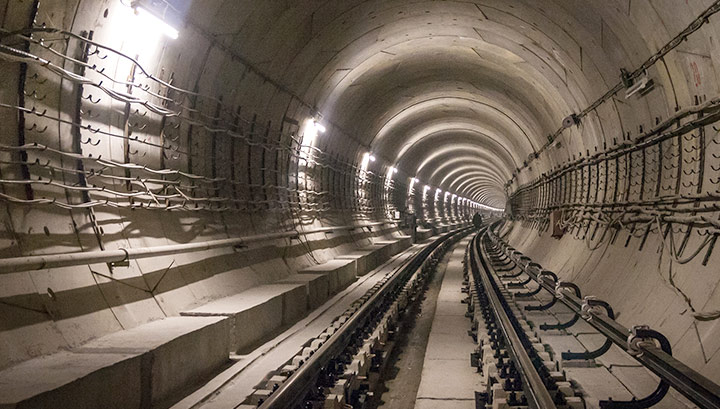
Toronto Eglinton Crosstown East Tunnels
Stage 3 Provided a mobile slurry treatment system to process the jet grout backflow spoils generated by the contractor in both a highly congested area and in middle of Midtown Toronto.

The Mission
During Jet Grout operations, a significant return flow of soil, grout and water known as “Backflow” is returned to surface. All jet grout spoils (Backflow) returning from downhole are traditionally held in large pits or hauled away in Vac trucks and taken to contaminated waste facility sites.
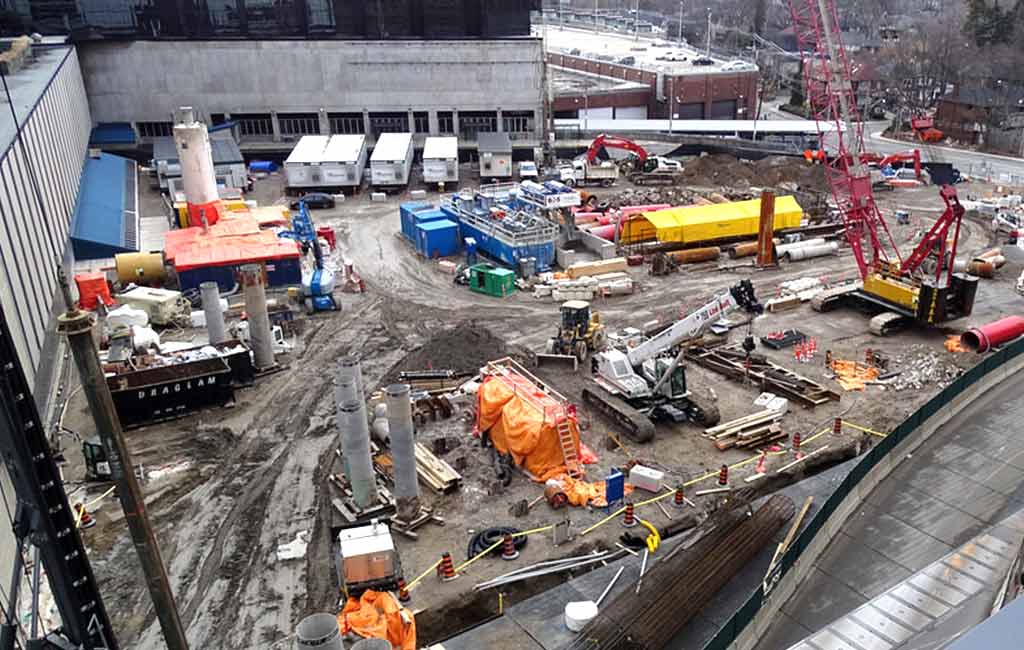
Spoils Management Fluid Challenges
The volume of waste can vary depending on diameter and depth of columns drilled. This project was located in a very congested area in Toronto with very minimal space and room for pits. Utilizing vacuum trucks and the traditional waste handling method results in high disposal costs and increased safety risk to site personnel and the public.
Disposal of jet grout spoils via vac trucks is extremely expensive and at times logistically difficult because of location, high traffic volume and other factors.
The Objectives
Stage 3 Separation prides itself on providing services that help clients reduce their projects’ carbon fiber footprint. Talk to us about improving your Environmental, Social, and Corporate Governance (ESG) score.

Reduce environmental impact of waste hauling by eliminating the need for vacuum truck use on site.

Provide a clean fluid for reuse and/or economical and environmentally sound disposal methods.

Operate at full capacity to eliminate downtime associated with disposal or waste treatment.
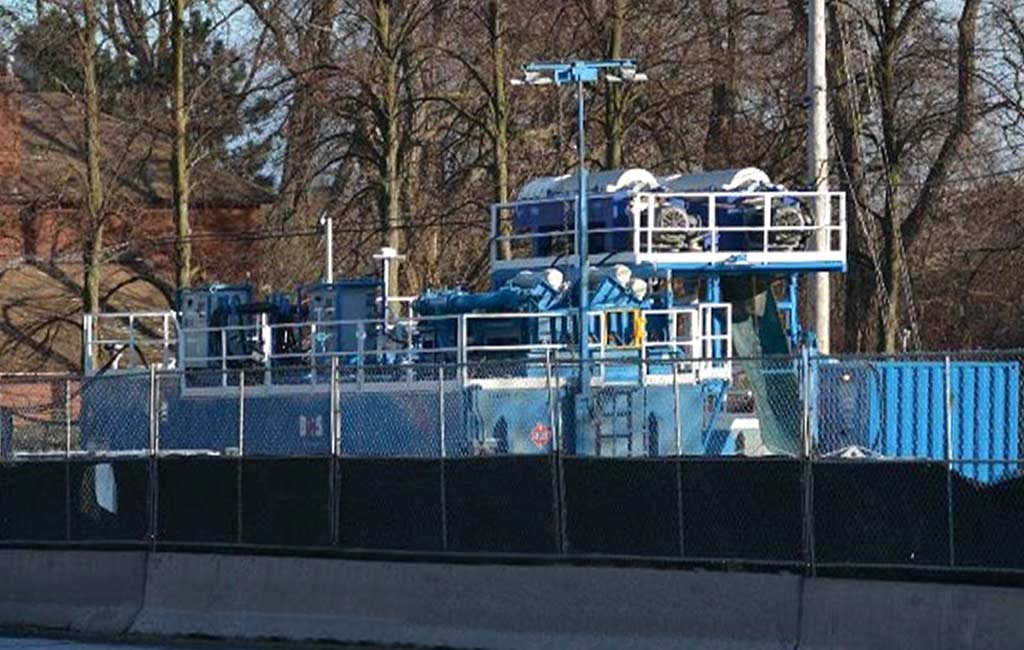
The Solution
Stage 3 Separation provided a mobile slurry treatment system to treat the backflow spoils, producing a dry stackable solid at a reduced volume of what was originally generated. The dry stackable waste product eliminated the need for vacuum trucks and resulted in a significant decrease in the total amount of truck loads.
Additionally, the clear water was recovered, reused in the operation and then ultimately discharged into sanitary sewer system with no additional processing needed. Each column produced 40 m3 of free water from the backflow. Utilizing a tank system, centrifuges, and flocculation additives to dry the waste product is an efficient onsite solution. Using Stage 3 Separation, our customers experienced reduced waste handling cost, reusable clean water and eliminated the risk and logistics of liquid waste for disposal.
The Numbers
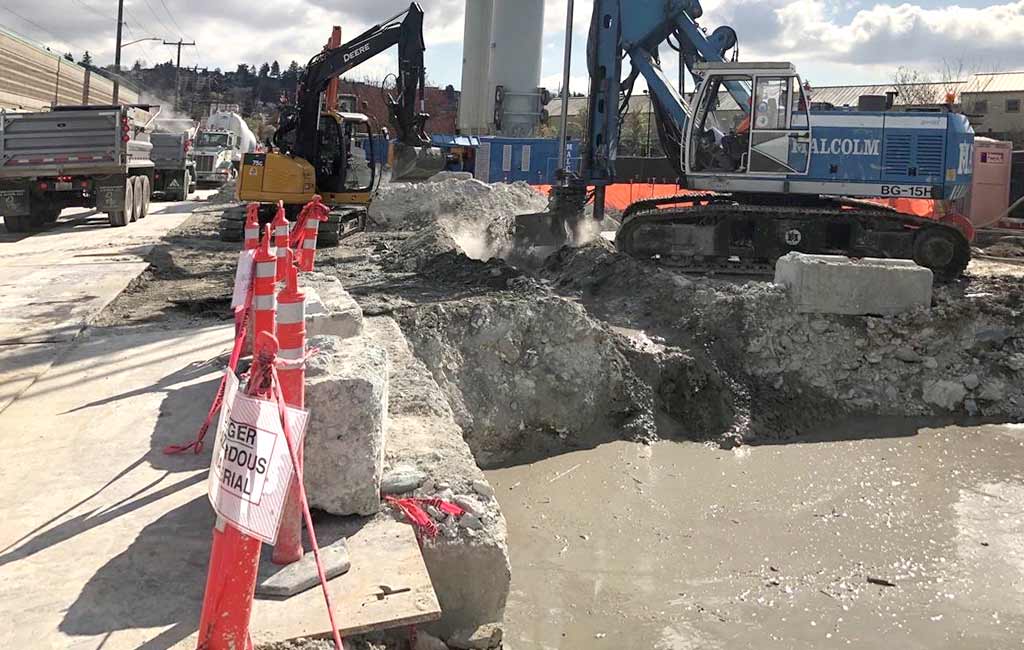
Waste generated equaled 1,120 metric tonnes
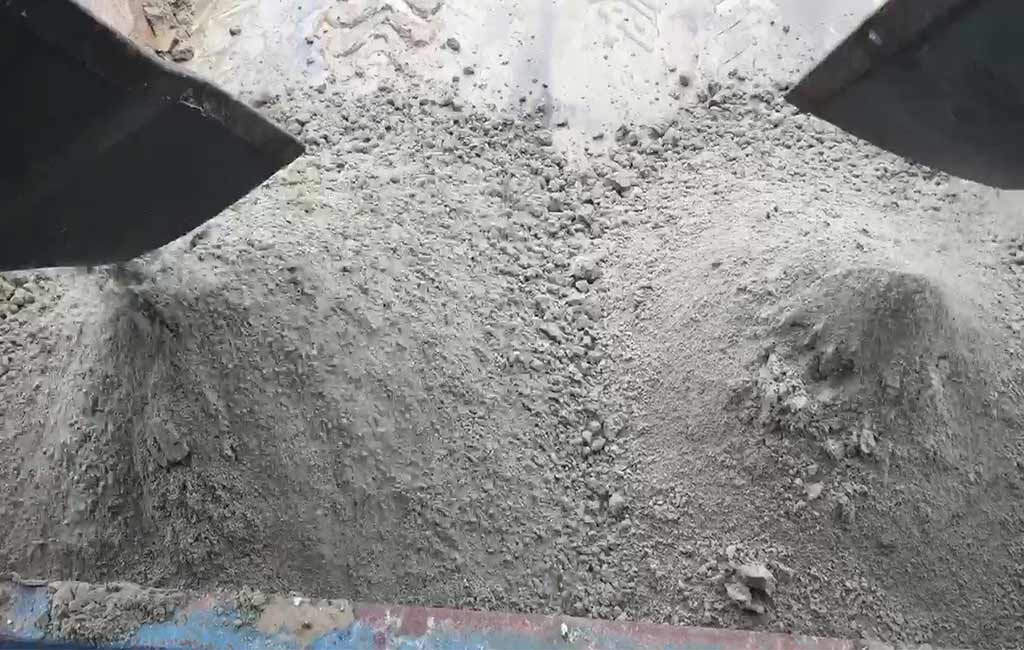
After treatment, each shaft produced 1,064 tonnes
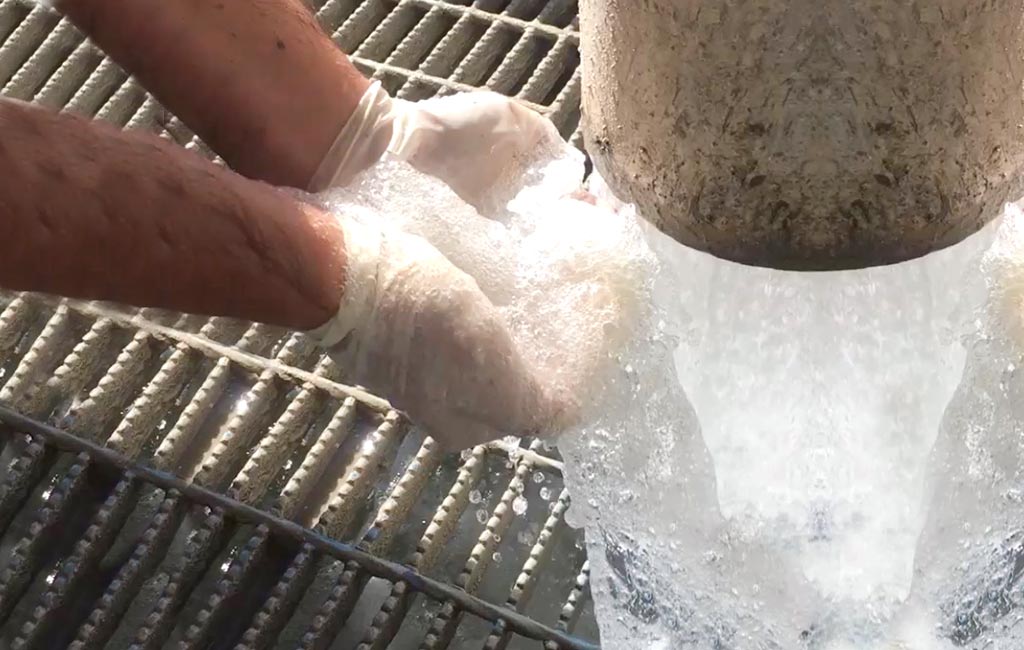
Reduced overall waste handling costs by 20%
The Process
- Stage 3 Separation receives the Backflow from the contractor where it is then sent to the Slurry Treatment System (STS).
- All heavy solids such as sand and gravel are removed.
- The remaining slurry is then processed through the Stage 3 Separations Slurry Treatment System while adding flocculants at this time.
- The end result is a complete removal of all solids from slurry, ending with a dry, stackable solid which is ideal for hauling to landfill and a clean, clear water that can be reused during the operation or discharge into the nearby sanitary storm sewer, meeting provincial discharge criteria.
The Conclusion
The successful production of the dry stackable waste solid by Stage 3 Separations allowed for a more efficient waste haul off and significant reduction in risk resulting in reduced handling costs and increased clear water recovery.
The jet grout backflow processing and waste mitigation produced a total of 1120 m3 of clear water and grout from the backflow and reduced disposal costs by 20%.
Stage 3 is a leading provider of innovative, data-driven solutions specifically designed for solids control management across multiple industries. For more information about this project or how Stage 3 Separation can service your next project, please contact us today.

